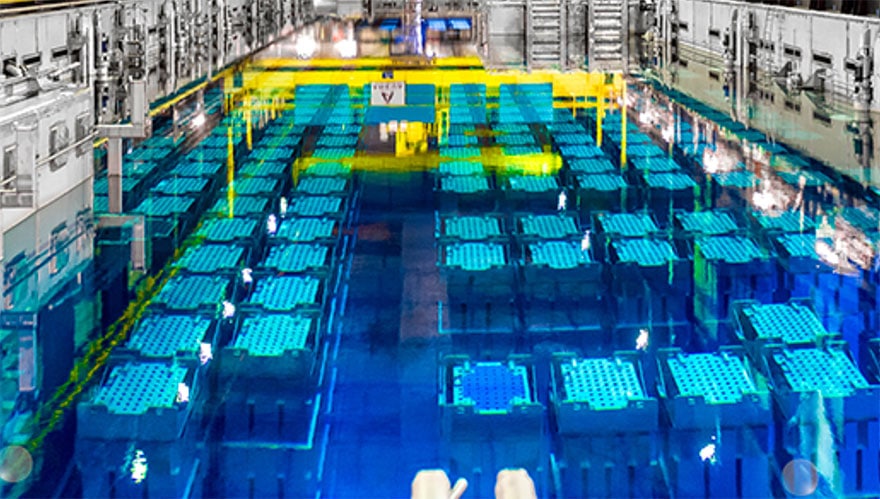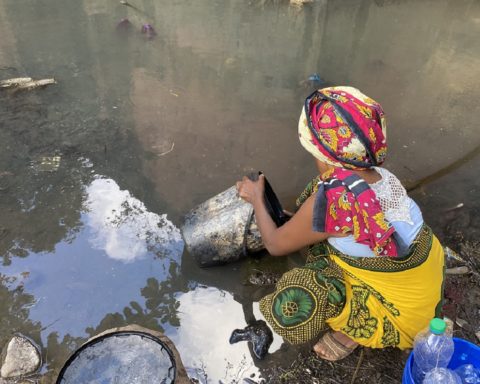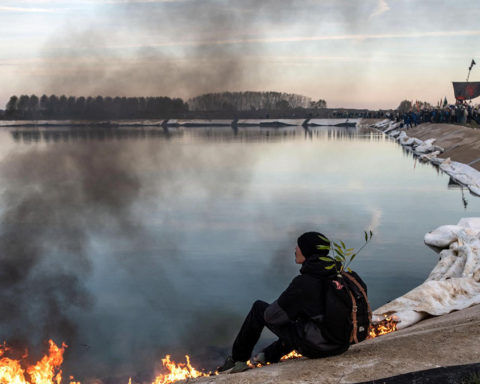In one to two years' time, French power plants will no longer know where to store their spent fuel
The huge pools at La Hague (Manche), where irradiated fuel from French nuclear power plants is cooled, are approaching saturation which could gradually block all French reactors, warns the Institute for Radiological Protection and Nuclear Safety (IRSN). This information sheds new light on the nuclear strategy announced on Tuesday by Emmanuel Macron. The government's multiannual energy programming plan (PPE) calls for the closure of 50 % of the French reactor fleet by 2035. Will this timetable be compatible with the saturation of spent fuel storage?
Very tense situation
The "dry storage" trail.
Anything to add? Say it as a comment.












